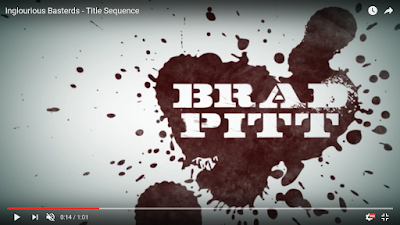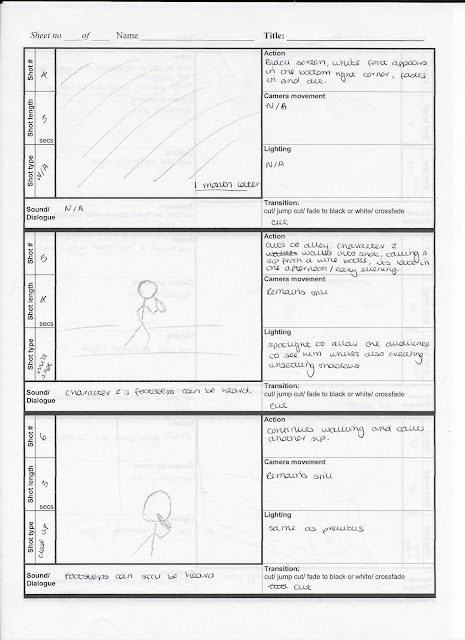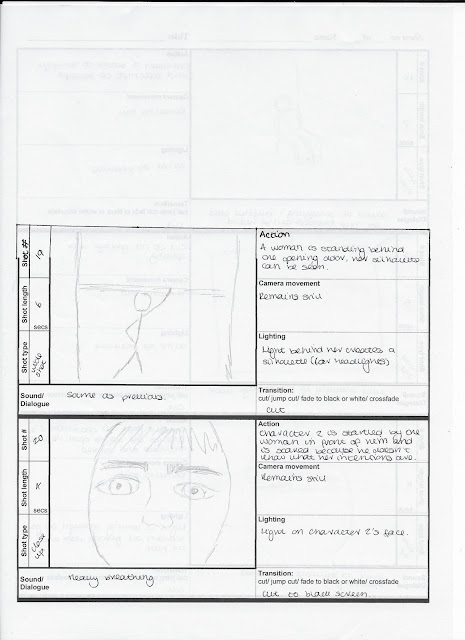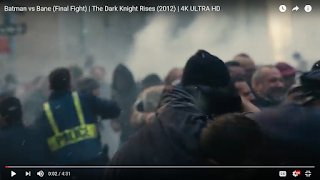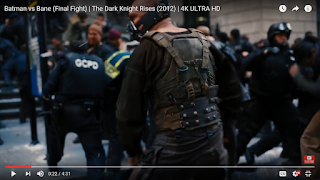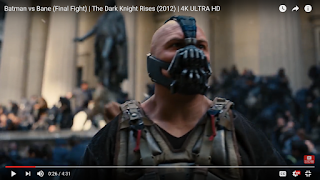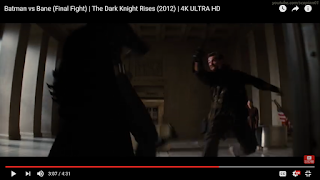When planning the opening of our film, we found that costume helps to build the audiences image of a character by subtly showing them their attitude and purpose.
For our main character, we have chosen simplistic every-day style clothes. These ordinary clothes show that this character is an ordinary man with a simple lifestyle. Doing this makes the audience assume he is a character who is out of place in a cruel and brutal world, as he is a typical and average man.

In our last scene of our opening, our protagonist is shown after being beaten up by his kidnappers. This has not been explicitly said, however the audience can insinuate this due to the make-up we will use on our actor to show a black eye and several cuts and bruises. The purpose of this is to show that he is vulnerable in this moment, further emphasising the idea that he is an amiable man who is caught up in this cruel world. However, special effect make-up can be difficult for amateurs, making the film seem comical instead of serious and dramatic. If the make-up doesn't achieve its desired effect we will remove it and have the character's vulnerability conveyed through acting and his position of being tied to a chair.

However, the beginning scene shows a character who is later revealed to be the twin brother of our main character (same actor as protagonist), so will wear a different style of clothes. This character is dark and intriguing, so to reflect this we have decided to make this character wear dark clothing to portray his cynical and thick-skinned but ultimately cowardly demeanour.
For our female character, we haven chosen a tight fitting dress. All we see of this character in our opening is their silhouette, so having her in a dress establishes to the audience that she is female. We have also taken inspiration from the classic femme fatale convention of film noir, this character meant to immediately appear seductive and feminine. Doing this makes the audience immediately question whether she is to be trusted, as her cryptic entrance could make her appear as an antagonist, further assumed by her femininity and seductiveness. We decided to put a modern twist on the traditional use of red for femme fatales, the use of red connotes danger as well as love and passion. In film noir the femme fatale usually has red lipstick or nails, instead of doing this Caitlin had red hair. This is very modern and current whilst paying tribute to film noir. The leather jacket that she is wearing gives her character an edge and suggests that she is not an overly feminine or emotional character. The black colour of it could also connote mystery and fear, suggesting that she is a dangerous character that shouldn't be challenged.

For our two assailants we decided that they should wear very simplistic but current clothes so they blend in with other people when in public, this suggests their stealth skills but also their need to remain hidden due to their criminal backgrounds. The dark colours of their outfits will construct connotations of mystery as well as implying their villainous nature as black and other dark colours are associated with villains such as Darth Vader and Dracula. This will make it clear to the audience that they can't be trusted and will only bring mayhem to the protagonist's life. We also chose to have them both wearing hoods, this further emphasises the mystery surrounding them whilst also making them even more intimidating as its difficult to connect to a character when you can't see their face, leaving the audience feeling uneasy much like our protagonist.




For our enigmatic woman who is in control of our assailants we picked a business-like outfit to further emphasise her authority and superiority over the other characters. Traditionally suits are a symbol of power as well as intelligence, by having our character wear a suit shirt we would be applying these traits to her. The white colour of her shirt would typically represent purity and innocence, this is ironic in relation to our character and could suggest that she doesn't believe that what she is doing is wrong, in turn making her unsympathetic and further villainizing her. The lack of formality of her outfit could imply that she doesn't see what she does as a serious issue and doesn't understand the consequences it has on other people's lives. This secures her as an antagonist in our audience's eyes.


